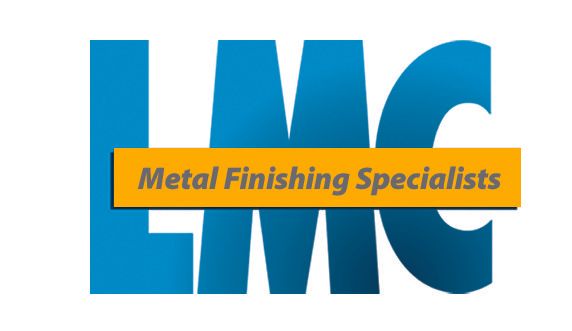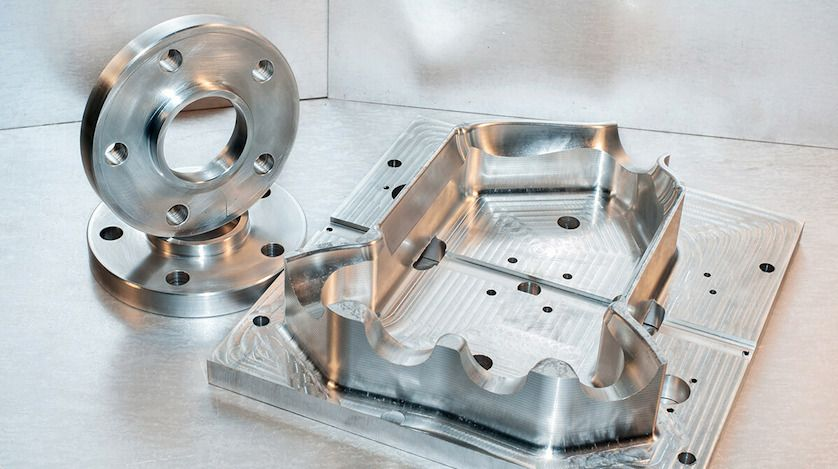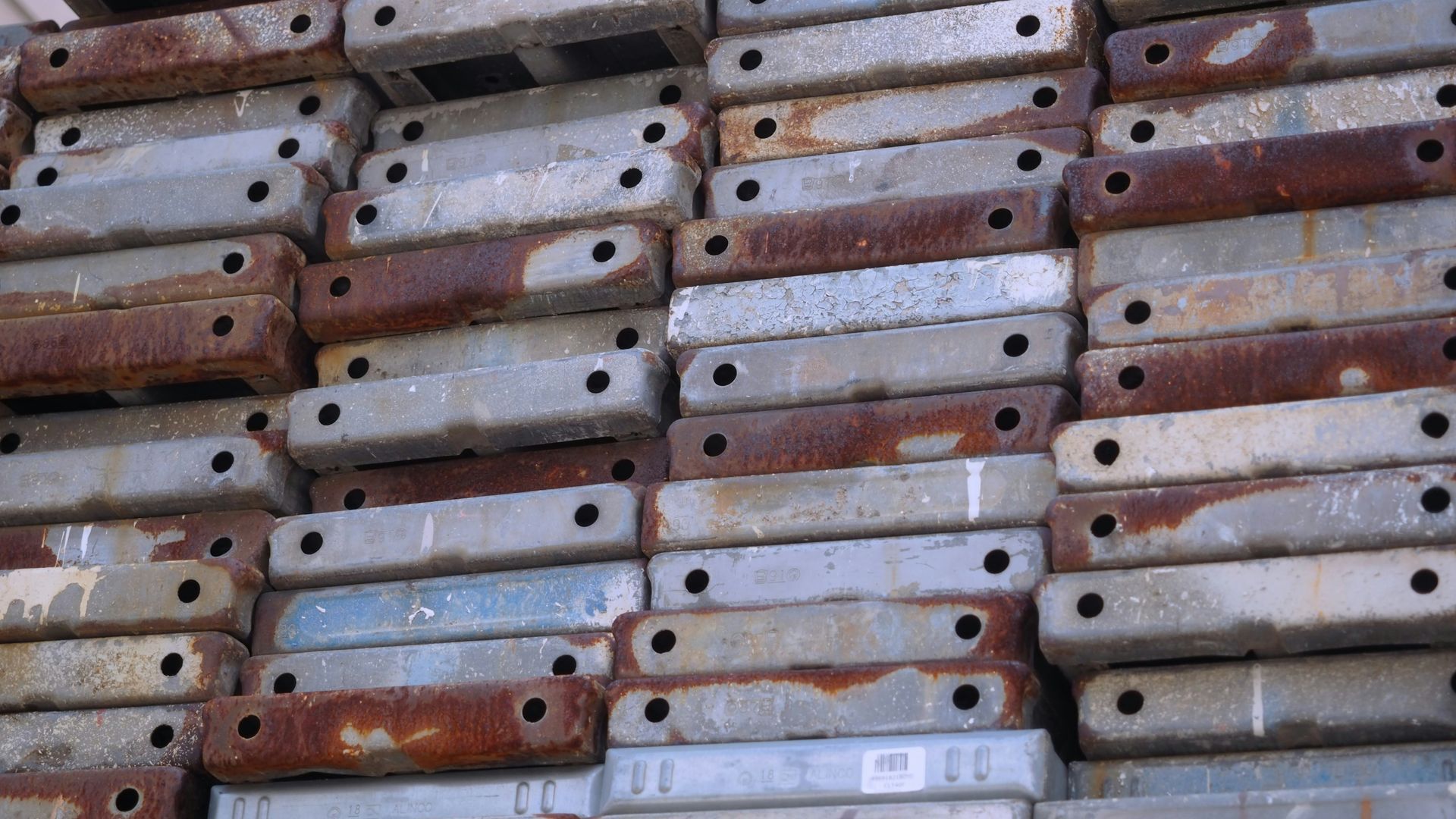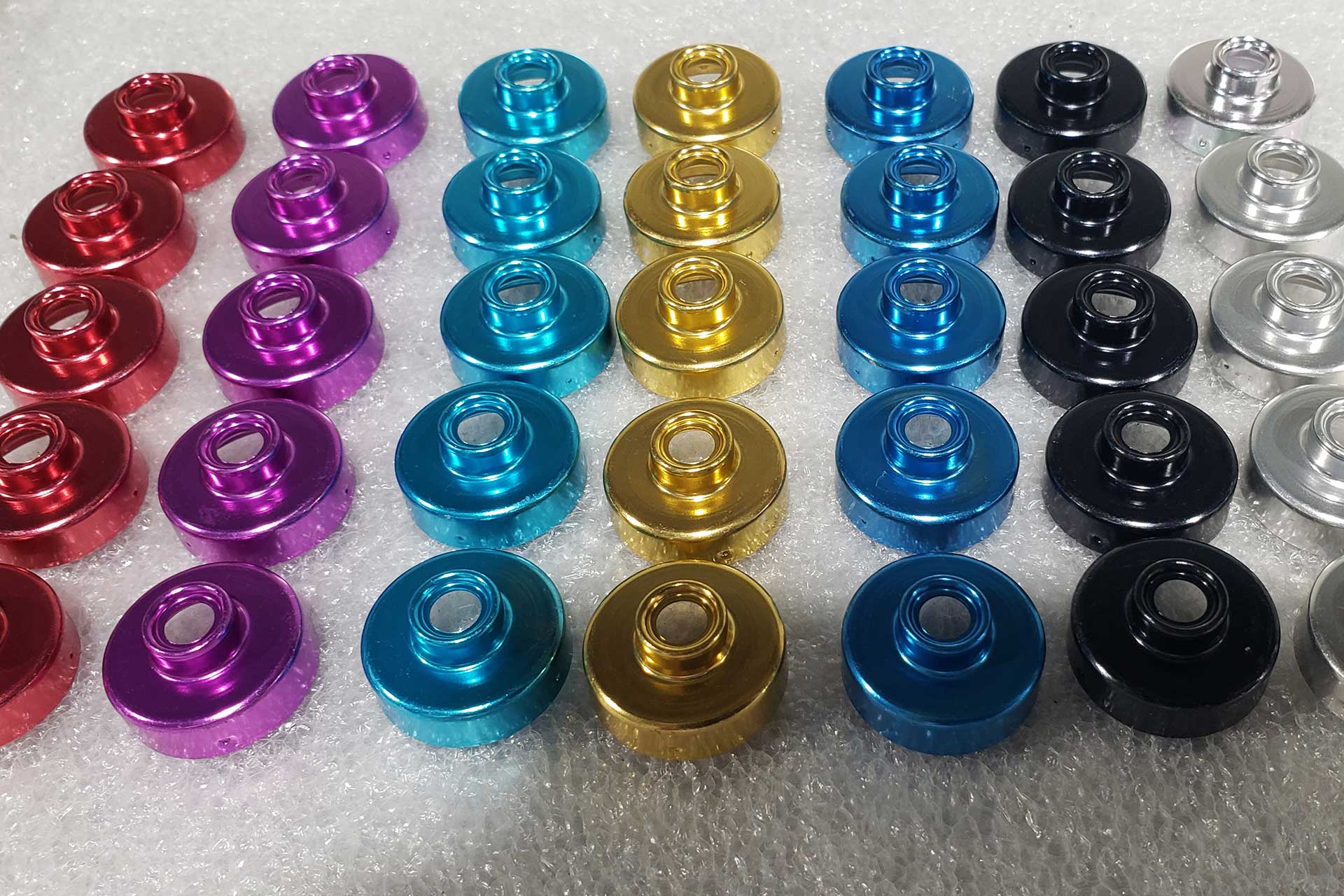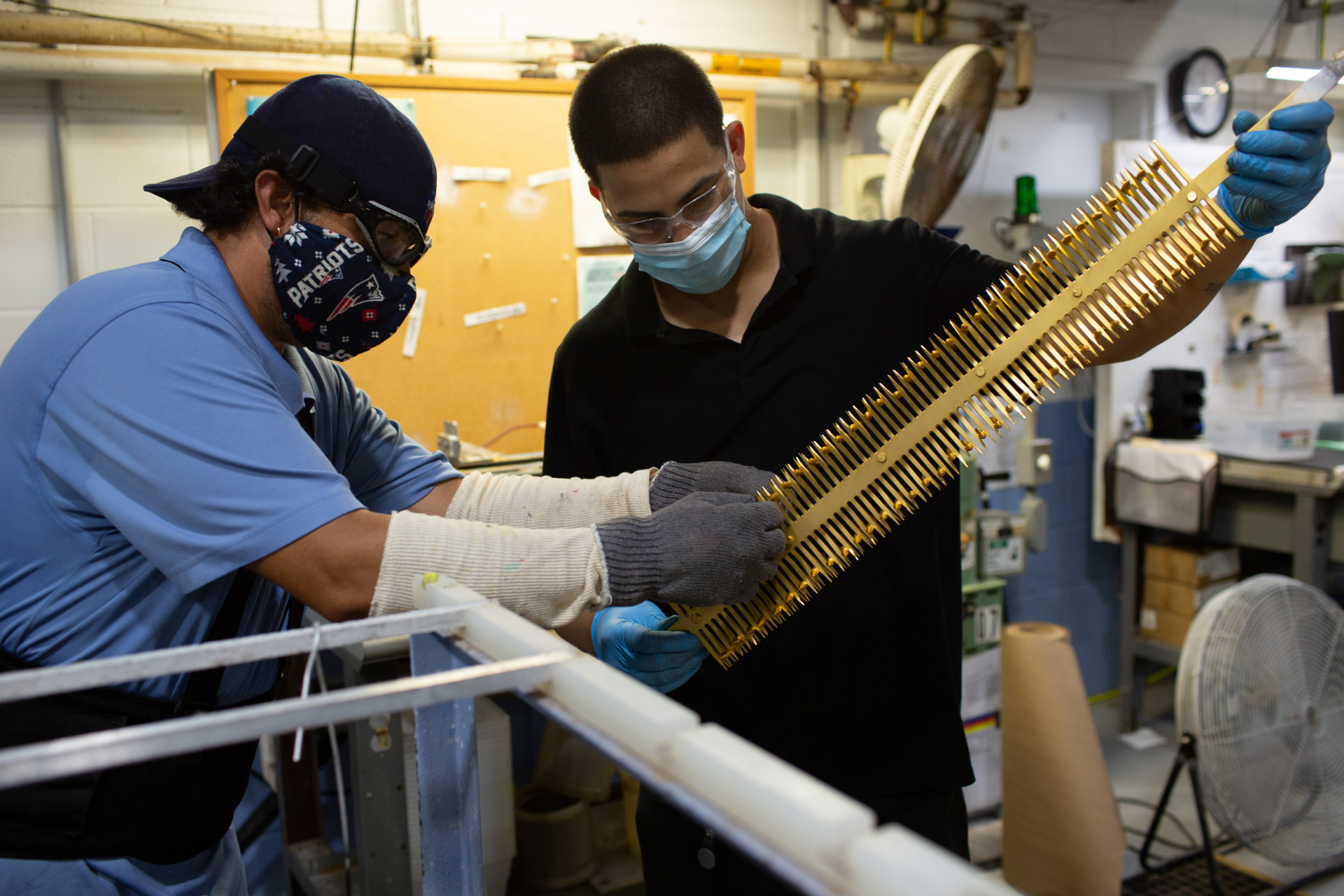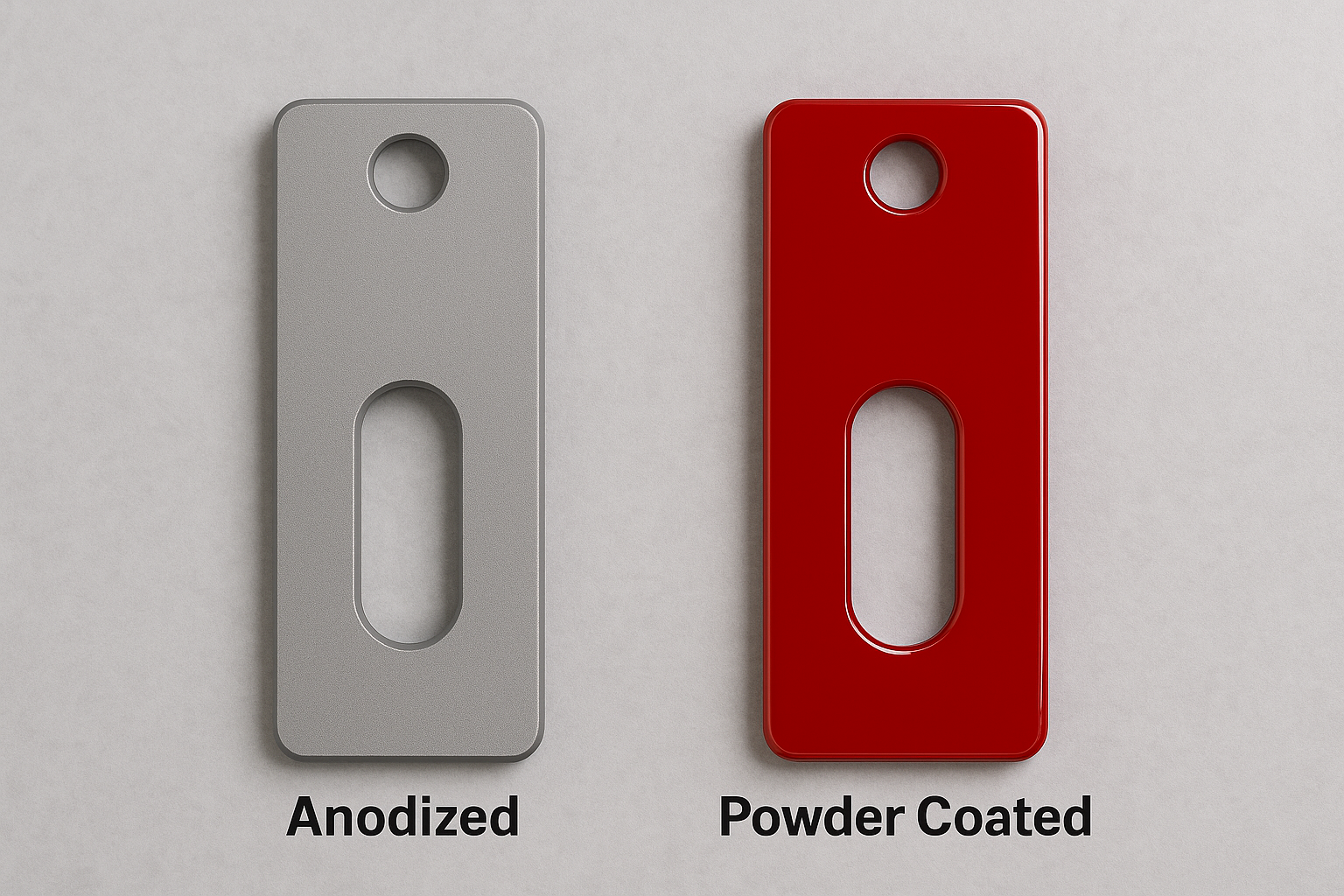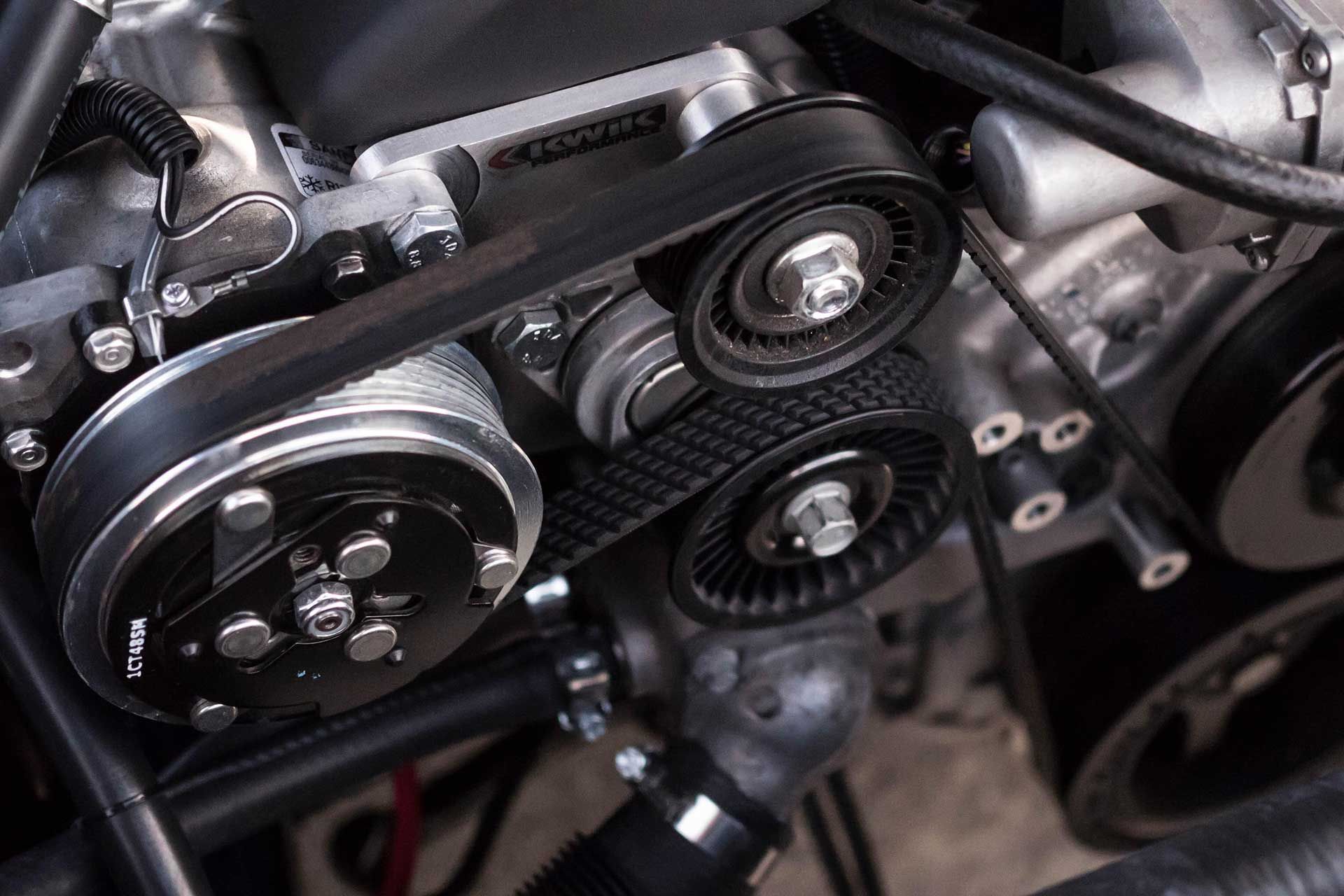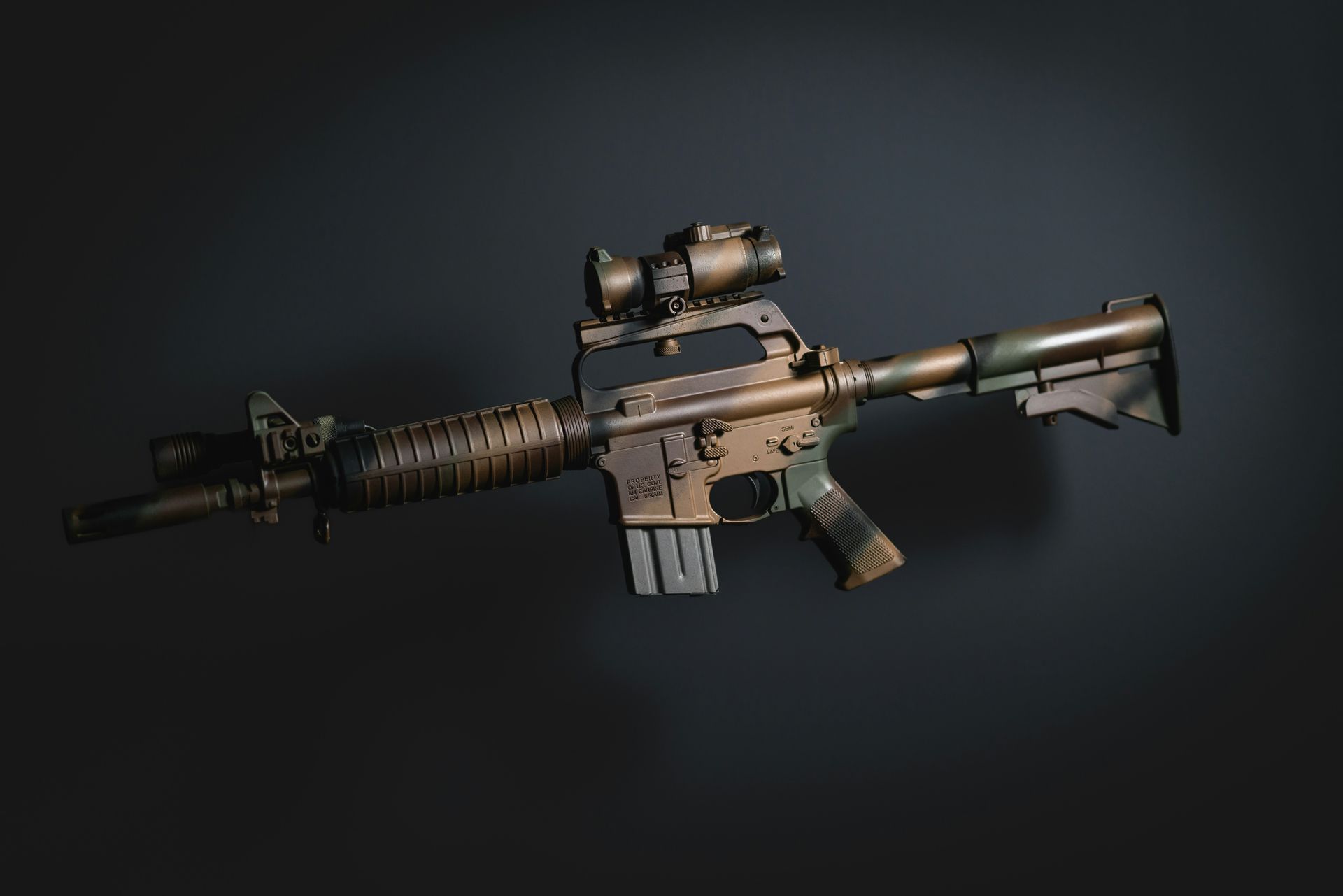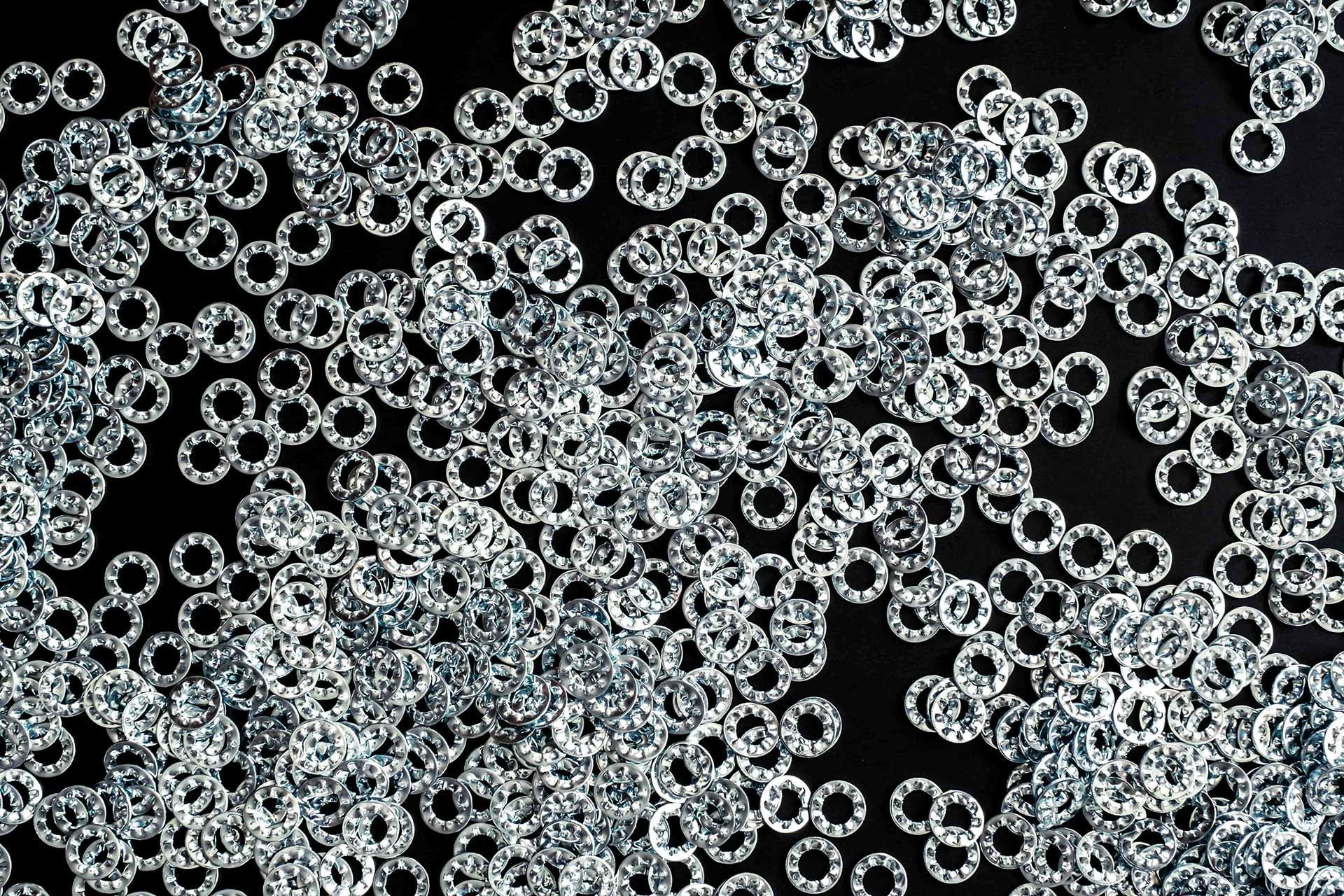6 Common Types of Metal Finishing Techniques & Processes
Metal finishing is a crucial step in manufacturing, ensuring that products not only look good but also stand the test of time. Let’s dive into the top six metal finishing techniques and how they can enhance your metal components.
What is Metal Finishing?
Metal finishing involves various processes to alter the surface of a metal product, improving its durability, appearance, and functionality. It’s essential for enhancing visual appeal and extending the lifespan of metal parts. Whether you're aiming for a shiny, polished look or a durable, protective coating, metal finishing plays a vital role. The right finish can significantly impact the performance and lifespan of the metal, making it suitable for various industrial applications.
Common Metal Finish Types
There are several techniques available, each offering unique benefits and applications. Here’s an overview of the most common metal finishing processes:
Anodizing
Anodizing uses an electric current to create a protective oxide layer on the surface of the metal, typically aluminum. This process enhances wear resistance and corrosion resistance, making it ideal for the automotive, aerospace, and consumer electronics industries. Anodized metals can also be dyed in various colors, adding to their aesthetic appeal. This technique also improves the adhesion of paints and glues, making it a versatile option for various manufacturing needs.
Phosphate Coating
Phosphate coating immerses the metal in a chemical bath, producing a crystalline layer that improves paint adhesion. This metal finish type is widely used in the automotive and appliance industries to prepare surfaces for painting and enhance their durability. Additionally, phosphate coatings can reduce friction in moving parts, making them essential in mechanical components. This method is also cost-effective, providing a reliable solution for mass production.
Powder Coating
Powder coating applies a dry, powdered paint to the metal surface, then cured under heat to form a hard, durable finish. Known for its excellent corrosion resistance, this process is used in various applications, from household appliances to outdoor furniture. Powder coating is environmentally friendly, emitting fewer volatile organic compounds (VOCs) than traditional liquid paints. The process also allows for a uniform and thick coating, ensuring the metal is well-protected and aesthetically pleasing.
Electroplating
Electroplating involves using an electric current to apply a thin layer of metal, such as chromium, nickel, or gold, onto the surface of a workpiece. This technique provides enhanced corrosion resistance, increased surface hardness, and a decorative finish. It’s commonly employed in the automotive, electronics, and jewelry industries. Electroplating also improves electrical conductivity and reduces surface friction, making it suitable for a wide range of industrial applications. The process can be tailored to achieve specific functional and aesthetic properties, depending on the metal used for plating.
Polishing
Polishing involves using an abrasive belt or other polishing tools to create a smooth, shiny surface. There are several types of polishing, including mechanical, chemical, and electrochemical. Polishing enhances the aesthetic appeal of metal products and is often used in manufacturing kitchenware, medical devices, and automotive parts. Different polishing techniques can achieve varying degrees of smoothness and reflectivity, catering to specific industry requirements. Polishing improves the appearance and prepares surfaces for subsequent finishing processes like coating or painting.
Abrasive Blasting
Abrasive blasting propels abrasive materials against the metal surface to clean, smooth, or shape it. This process, which includes sandblasting and bead blasting, is excellent for removing rust, old paint, and surface contaminants. It’s used to prepare surfaces for painting or coating and create a uniform matte or textured finish. Abrasive blasting can also create patterns or textures on metal surfaces, adding to their aesthetic appeal. The process is highly effective for refurbishing old or worn metal parts, making them look new again.
Choosing the Right Metal Finishing Method
Selecting the appropriate metal finishing method ensures that your metal components meet the desired specifications. Factors such as the type of metal, intended application, environmental conditions, and aesthetic requirements should guide your decision. Each finishing technique offers unique benefits, and choosing the right one can significantly impact the performance and longevity of your product. Consulting with experts in metal finishing can help you make an informed decision that meets your specific needs.
For guidance on choosing the right metal finishing method, contact Light Metals Coloring. Our team can help you navigate the options and determine the best process for your needs.
For more detailed information, check out ouranodizing services andphosphating services. If you have any questions about metal finishing, visit ourquestions to ask a metal finisher page.
